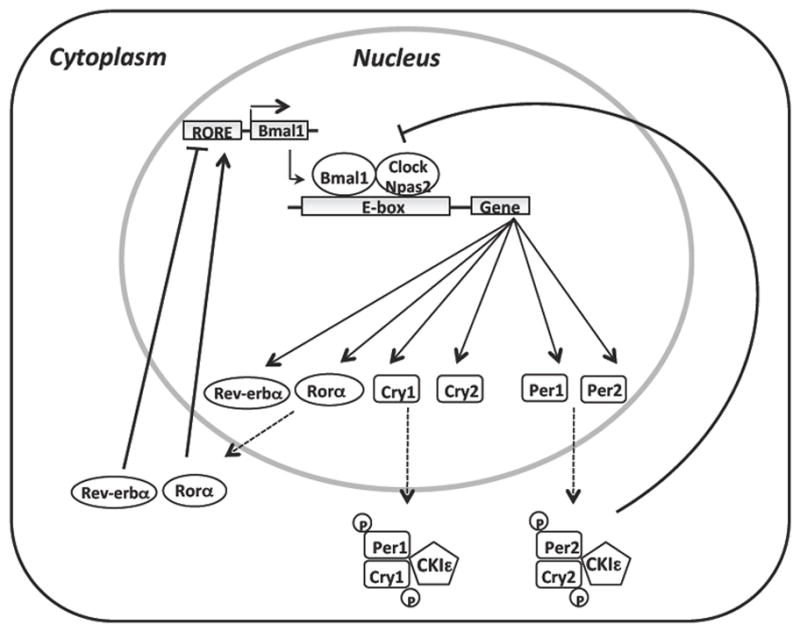Figure 2. Molecular mechanisms of mammalian biological clock.

The mammalian circadian clock consists of a network of transcription-translation feedback loops that oscillates with a periodicity of 24h. This core oscillator includes different transcription factors such as Brain and muscle ARNT-like protein 1 (Bmal1), circadian locomoter output cycles kaput (Clock) and neuronal PAS domain protein 2 (Npas2). These transcription factors can heterodimerize and activate transcription of downstream targets such as Period genes (Per1, Per2) and Cryptochrome genes (Cry1, Cry2), Rorα and Rev-erbα, which contain an E-box enhancer elements within their promoters. Upon translation, Per and Cry proteins heterodimerize and translocate to the nucleus to inhibit the action of Bmal1-Npas2/Clock complex. Casein kinase ε (CKIε) protein regulates expression of Per and Cry proteins through phosphorylation. A secondary inhibitory feedback loop composed of Rev-erbα and Rorα drives the rhythmic transcription of Bmal1. Rev-erbα represses Bmal1 expression while Rorα activates its transcription.
